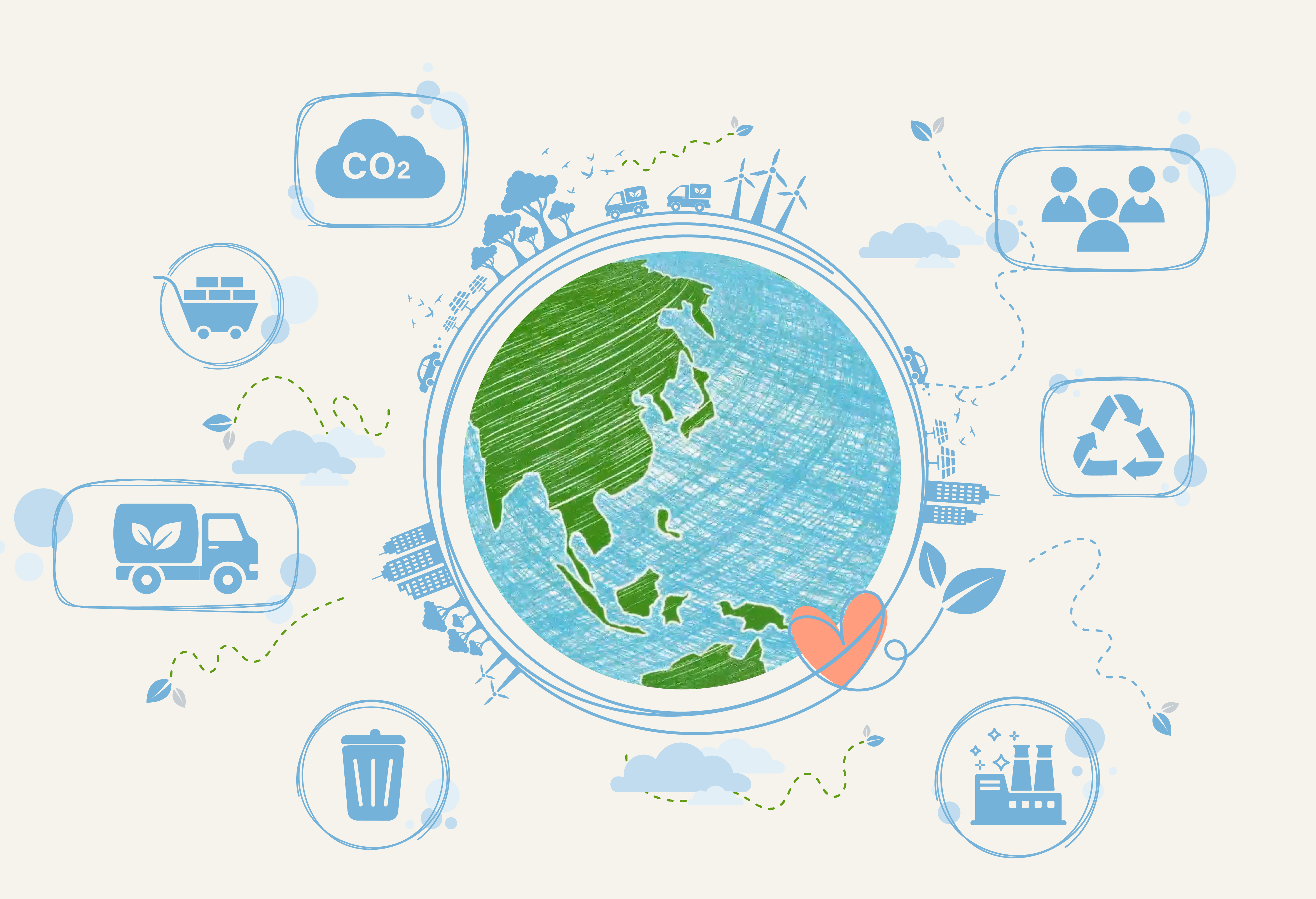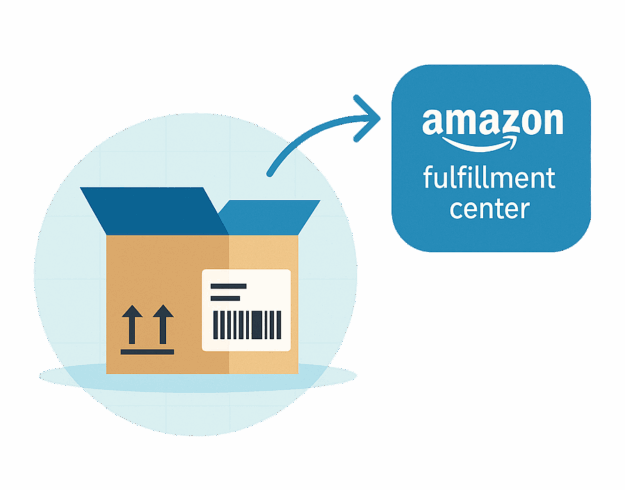Understanding the ‘carbon footprint’ is crucial in the packaging and display industry. It represents the total greenhouse gas emissions, including carbon dioxide and equivalents like methane and nitrous oxide, associated with a product’s lifecycle. This includes everything from material extraction and manufacturing to transportation, usage, and disposal.
Here’s a breakdown:
-
Material Production: Extracting and processing raw materials like paper, plastic, metal, or glass demands energy and emits CO2. Choosing low-impact materials helps reduce emissions.
-
Manufacturing: Energy-intensive manufacturing processes, especially those reliant on fossil fuels, add to the carbon footprint. Efficiency improvements and renewable energy usage can cut emissions.
-
Transportation: Moving materials and products involves emissions from vehicles and transportation networks. Reducing transport distances and using efficient modes of transport helps lower emissions.
-
Usage: Some packaging and displays require energy to function or are single-use, contributing to emissions.
-
End-of-Life: Disposal methods like landfilling, incineration, or recycling have associated emissions. Recycling and reusing materials can significantly reduce the carbon footprint.
To address this, companies are increasingly adopting sustainable practices like using recycled materials, improving energy efficiency, optimizing logistics, designing for recyclability, and conducting lifecycle assessments. These initiatives pave the way for a greener future in packaging and displays.


